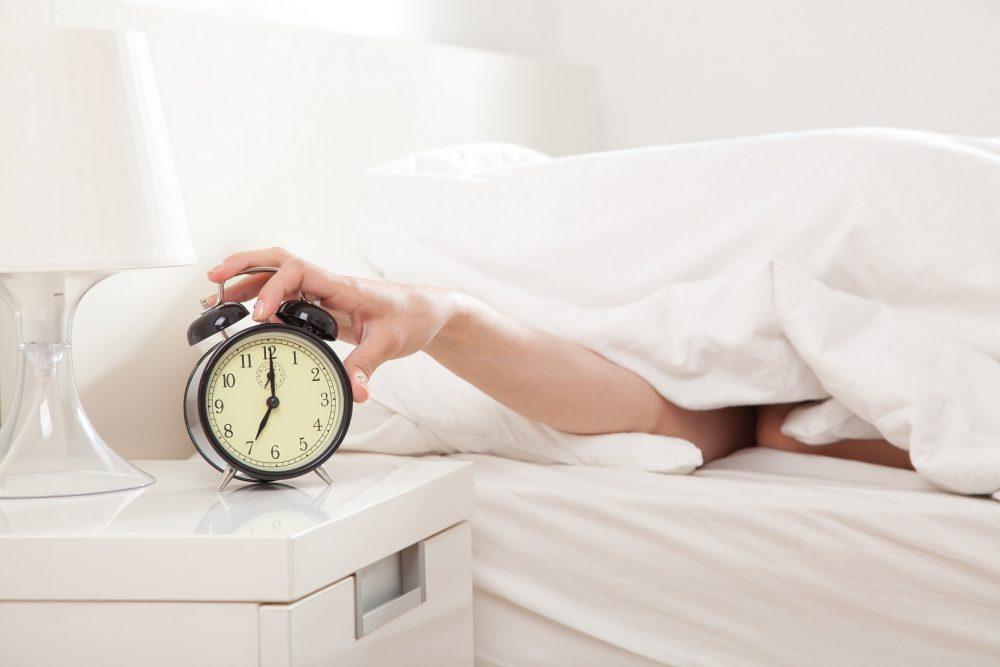A good night’s sleep gives energy for everyday tasks and exercise. 5–8% of the adult population suffer from chronic insomnia. If your insomnia is not caused by a disease or an actual sleep disorder, such as sleep apnoea or restless leg syndrome, you can practise sleep skills at home.
Psychophysiological insomnia does not involve any actual disorder. In this case, the difficulty falling asleep and the tendency to wake up at night are caused by other reasons.
Causes of insomnia include
- being worried
- fear of not being able to fall asleep
- hypervigilance
- problems with the circadian rhythm
- poor sleep hygiene.
Checklist for people with respiratory diseases
- The mattress should support the spine. If the bed is too soft or hard, it will put a strain on your spine and lead to misalignment, which can make it more difficult to breathe.
- The pillow should fill the space between the neck and mattress so that the cervical spine and spine are aligned.
- Depending on the severity of the respiratory disease, shortness of breath can affect the chest, neck and shoulders. A stooped posture and muscle tension in the chest, torso and accessory respiratory muscles are typical for people with COPD, severe asthma, or asthma with occasional flare-ups. The purpose of sleep is to relieve muscle tension. The best sleeping position is on your side. This allows the diaphragm to move freely, which increases lung capacity and oxygen saturation more compared to sleeping on your back.
- If you keep waking up in the early hours of the morning due to shortness of breath, and if other diseases have been ruled out, you can take your bronchodilator medication before going to bed. If your nose is stuffy, you can use nasal decongestants before going to bed.
